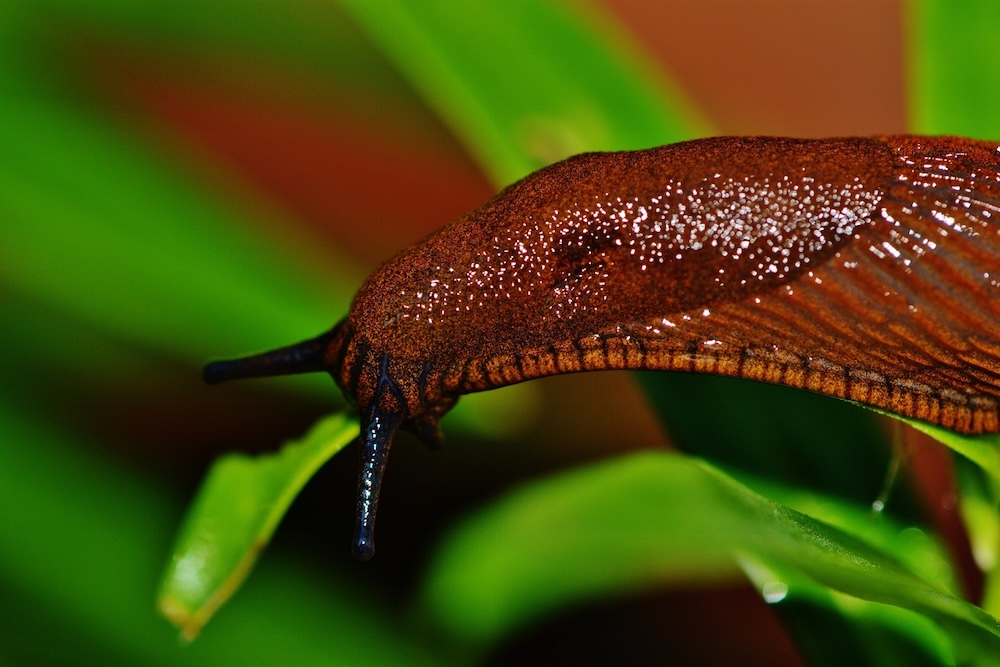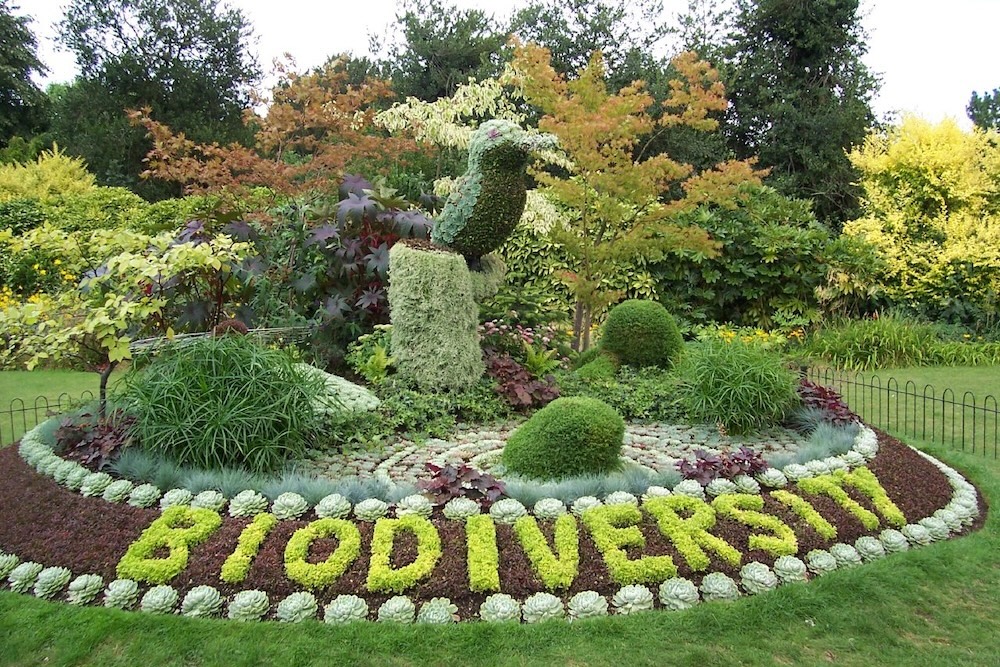These creatures are known to cause significant damage to a variety of plants, turning a once vibrant garden into a landscape of half-eaten leaves and stems.
Embracing Touch: Enhancing Sensory Gardens with Tactile Elements
Sensory gardens are a delightful concept in the realm of horticulture, designed to stimulate all five senses. These gardens offer notable benefits, from improving mental health to aiding sensory development.
Particularly advantageous for individuals with disabilities, mental health issues, or those simply seeking stress relief, sensory gardens provide an immersive therapeutic experience. As we delve into various sensory garden ideas on the Ozbreed blog, this article’s focus will be on enhancing the tactile elements.

Understanding Tactile Elements in Gardens
Tactile elements in gardens refer to features or plants that encourage touch due to their intriguing texture. These elements significantly contribute to the overall sensory experience.
Touch is more than just a physical sensation – it’s a biological and neurological process that influences our interaction with the environment. Nerve endings in our skin relay information to our brain when we touch something, helping us understand and interpret our surroundings.
When we focus on how a plant or material feels to the touch, we can feel our brain beginning to slow as it focuses on something that is less stressful than our everyday worries. By allowing ourselves to enjoy the process, we quickly find ourselves in a pleasant mood.
Creating a touch-based garden is no more complex than it sounds on the surface. It’s simply about choosing plants and textures that are nice to touch.

Exploring Garden Textures: From Smooth to Rough, and Beyond
Gardens present an array of textures waiting to be explored. Here are ten different textures you can find in a garden:
- Smooth Surfaces: Found on hairless leaves, such as succulents, pebbles, and garden sculptures.
- Hairy Textures: Plants like lamb’s ear and the velvet flowers of certain kangaroo paws offer a soft, fuzzy feel.
- Rough Textures: Tree barks and certain foliage, like sage, provide a rough sensation.
- Prickly Textures: Plants such as cacti or roses add an element of careful touch due to their thorns.
- Papery Textures: The transient beauty of autumn leaves offers a papery touch.
- Succulent Textures: Aloe vera and other succulents offer a thick, plump feel when you gently squeeze them. Be careful not to squeeze too hard, though, because that may damage the plant.
- Waxy Surfaces: Lilly pillies and camellias exhibit glossy, waxy leaves that feel smooth and shiny.
- Silky Textures: The delicate petals of a rose, azalea, or tulip feel silky to the touch.
- Leathery Textures: Plants like the rubber plant have thick, leathery leaves that feel sturdy.
- Velvety Textures: Mosses and grasses can create a soft and plush carpet underfoot.
Each of these textures can stimulate our sense of touch in unique ways, playing a crucial role in enhancing garden experience through touch.
Touch-Friendly Plants: A Guide
If you’re looking for more inspiration, some of the most touch-friendly plants include:
- Agapanthus: Known for their smooth, strap-like leaves and globular flower heads.
- Aloe vera: Recognisable for its succulent texture and plump, fleshy leaves.
- Lilly pilly: With its glossy, firm leaves, lilly pilly offers a smooth and cool texture.
- Pennisetum: Its fluffy inflorescences provide a soft, feathery sensation when touched.
- Velvet-flowered kangaroo paws: Aptly named for their velvety flowers, these add a unique texture to any garden.
- Azaleas: The delicate petals of azaleas are a delight to touch.
- Sage: With its rough, aromatic leaves, sage adds a contrasting texture.

Each of these plants provides unique tactile characteristics that can enrich the sensory appeal of your garden.
Materials with Interesting Textures for Tactile Stimuli in Gardens
Beyond plants, various garden materials can also contribute to the tactile appeal of a sensory garden.
- Timber: With its grainy texture, timber can add a warm, natural touch.
- Steel: With its cool, smooth surface, steel offers a modern, industrial feel.
- Stone: Stones of different shapes, sizes, and finishes can provide a wide range of tactile experiences.
- Pebbles: Small and often smooth, pebbles can be delightful to run hands over.
- Water features and pools: These are another way to stimulate the sense of touch, as the cool water is very pleasing to put your hands or feet into.
These materials, each with their unique textures, can significantly enhance the tactile element of a sensory garden.
Interactive Gardens for Touch: Taking Engagement to the Next Level
Interactive gardens take the concept of tactile engagement a step further by encouraging active interaction with garden elements. You can put up a plaque or sign in your garden to encourage visitors to enjoy the sensory delights on offer, and you can even organise events that focus on the therapeutic benefits of touch in the garden.
Daniel’s Wrap: The Role of Touch in Sensory Gardens
Incorporating textures for touching is an interactive approach to garden design and landscape architecture. It deepens our connection with nature and brings about numerous benefits, from stress relief to sensory stimulation.
Through the thoughtful inclusion of touch-friendly plants and textured materials, we can create a richer, more immersive horticultural experience. So why not start exploring and embracing touch in your own garden today?




This Post Has 0 Comments